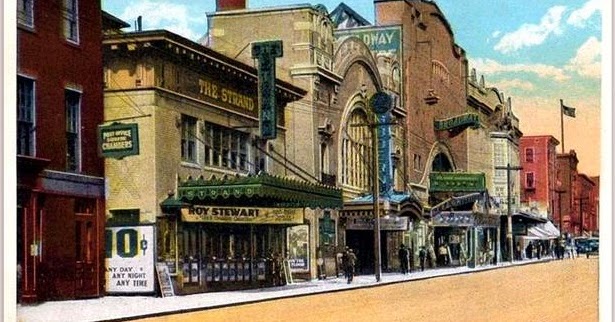

Most of the structures were replaced with one-story, steel-frame structures with large parking lots, housing such establishments as fast food restaurants and chain drug stores, fundamentally changing the character of the center of Lawrence. The city's main post office, an ornate federalist style building at the corner of Broadway and Essex Street, was razed.
#Lawrence mmass movie#
The historic Theater Row along Broadway was also razed, destroying ornate movie palaces of the 1920s and 1930s that entertained mill workers through the Great Depression and the Second World War. Under the guise of urban renewal, large tracts of downtown Lawrence were razed in the 1970s, and replaced with parking lots and a three-story parking garage connected to a new Intown Mall intended to compete with newly constructed suburban malls. Ultimately the discussion left out those members of the community who would be directly impacted by urban redevelopment. There was a clash of differing ideals and perceptions of blight, growth, and what constituted a desirable community. Known first as urban redevelopment, and then urban renewal, Lawrence's local government's actions towards vulnerable immigrant and poor communities, contained an undercurrent of gentrification which lies beneath the goals to revitalize Lawrence. The Lawrence Redevelopment Authority and city officials utilized eminent domain for a perceived public benefit, via a top down approach, to revitalize the city throughout the 1960s. For example, half of the enormous Wood Mill, powered by the Great Stone Dam and once the largest mills in the world, was knocked down in the 1950s. Like other northeastern cities suffering from the effects of post- World War II industrial decline, Lawrence has often made efforts at revitalization, some of them controversial. The work was dangerous: injuries and even death were not uncommon. Incorporation as a city would come in 1853, and the name "Lawrence", merely chosen as a token of respect to Abbott Lawrence, who it cannot be verified ever saw the city named after him.Ĭanals were dug on both the north and the south banks to provide power to the factories that would soon be built on its banks as both mill owners and workers from across the city and the world flocked to the city in droves many were Irish laborers who had experience with similar building work. The post office, built in 1846, used the designation "Merrimac". Until 1847, when the state legislature recognized the community as a town, it was called interchangeably the "New City", "Essex" or "Merrimac". The Essex Company would sell the water power to corporations such as the Arlington Mills, as well as organize construction of mills and build to suit.


The first excavations for the Great Stone Dam to harness the Merrimack River's water power were done on August 1, 1845. In 1844, the group petitioned the legislature to act as a corporation, known as the Essex Company, which incorporated on April 16, 1845.

The group allotted fifty thousand dollars to buy land along the river to develop. The Water Power Association members: Abbott Lawrence, Edmund Bartlett, Thomas Hopkinson of Lowell, John Nesmith and Daniel Saunders, had purchased control of Peter's Falls on the Merrimack River and hence controlled Bodwell's Falls the site of the present Great Stone Dam. The future site of the city (formerly parts of Andover and Methuen), was purchased by a consortium of local industrialists. The first settlement came in 1655 with the establishment of a blockhouse in Shawsheen Fields, now South Lawrence. The area that would become Lawrence was then part of Methuen and Andover. Europeans first settled the Haverhill area in 1640, colonists from Newbury following the Merrimack River in from the coast.


 0 kommentar(er)
0 kommentar(er)
